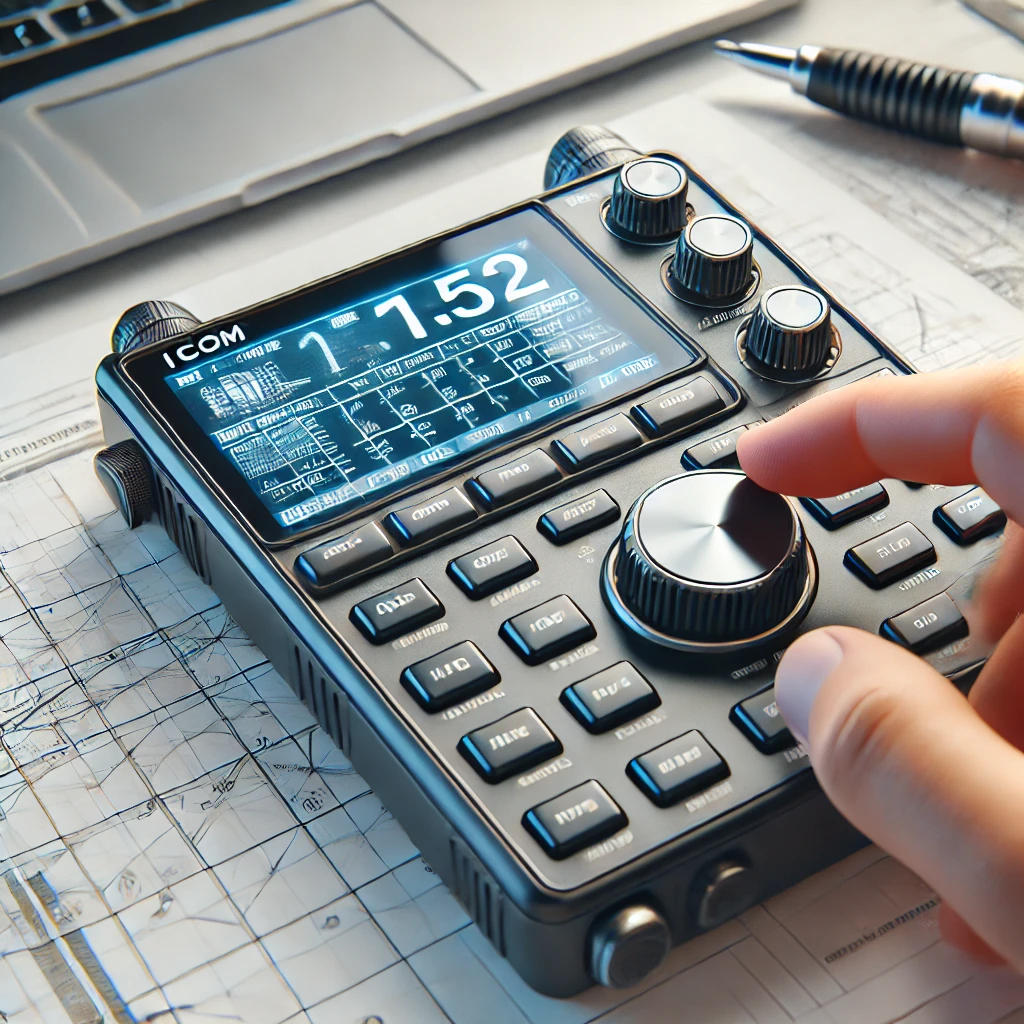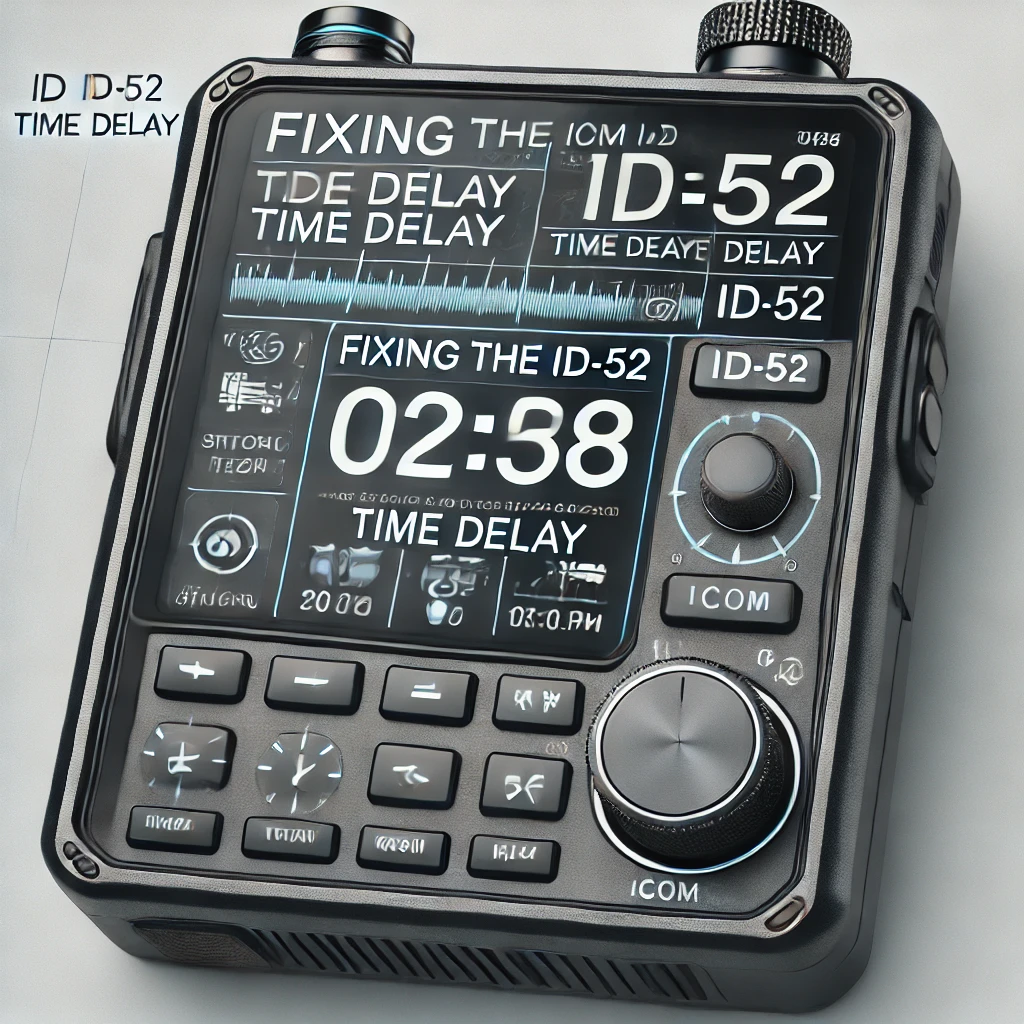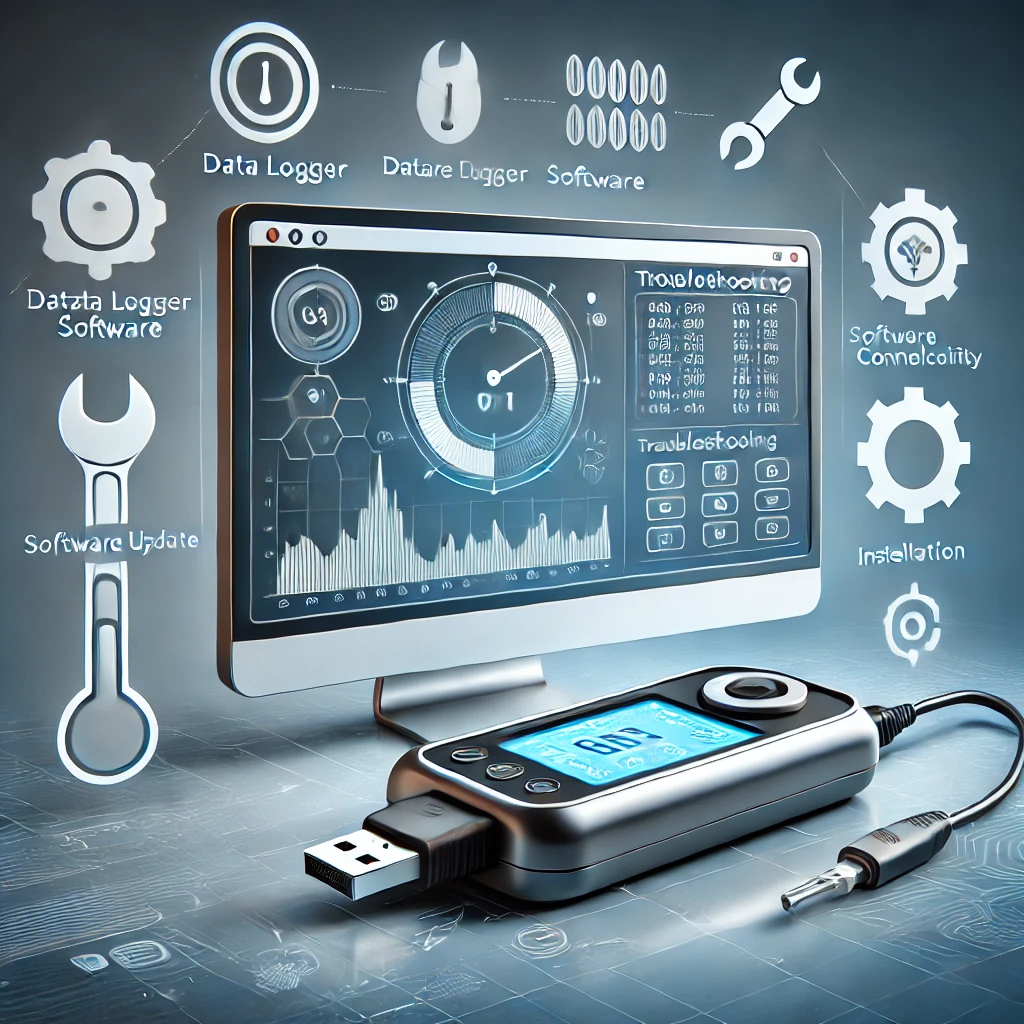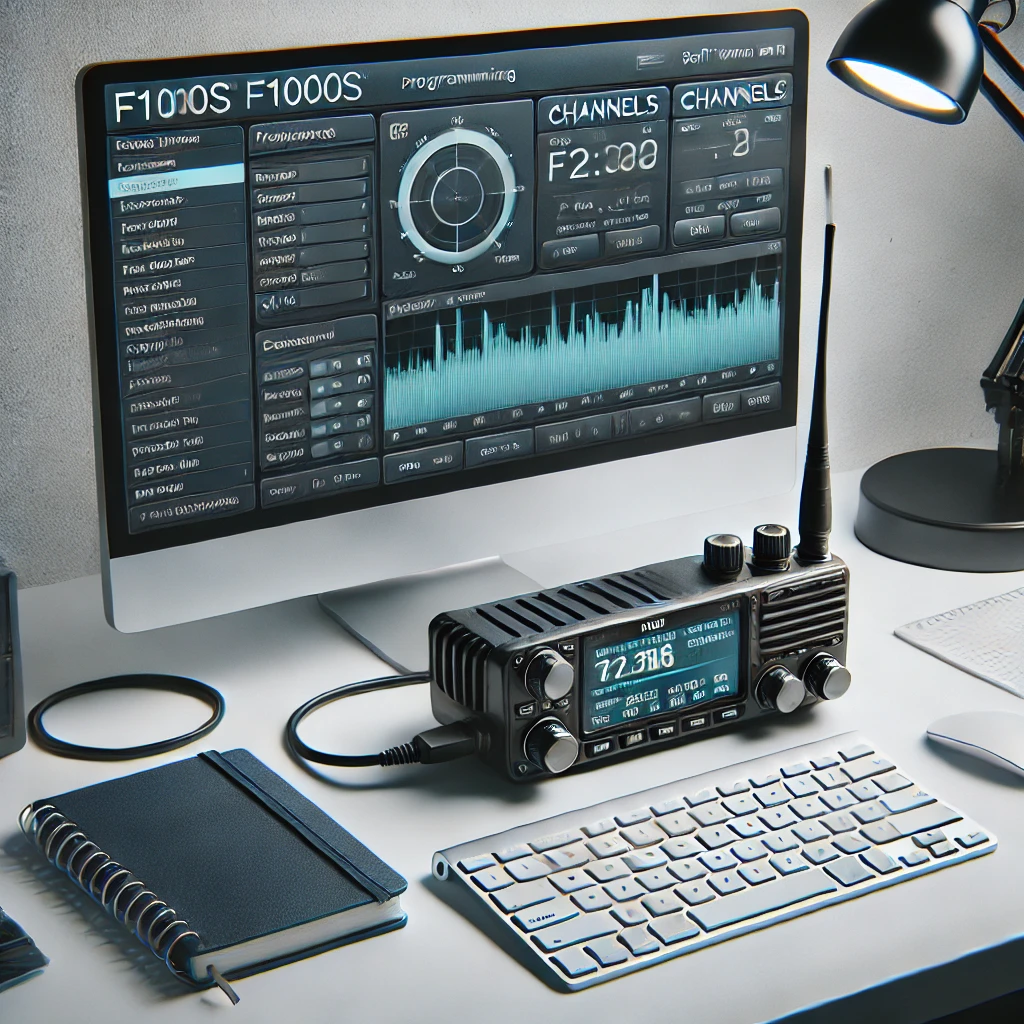Introduction
The ICOM ID-52 is a sophisticated handheld transceiver designed for amateur radio enthusiasts, offering a suite of high-end features that make it a popular choice for casual and serious hobbyists. From digital voice capabilities to GPS functionality and dual-band operation, the ID-52 is engineered to provide reliable performance in a portable package. However, a common issue reported by users is that the device displays time that is one hour behind the actual time. This discrepancy, while not affecting the core communication functions, can become problematic during scheduled activities or time-sensitive operations, such as emergency response, scheduled radio nets, or coordinated group communications.
Understanding why the ICOM ID-52 shows incorrect time requires a look at the device’s settings, GPS functionality, and potential firmware issues. In this article, we’ll provide a comprehensive guide to identifying the causes of this one-hour delay and explain the steps you can take to correct it. Whether you’re new to using the ID-52 or an experienced amateur radio operator, these troubleshooting steps and explanations will help you keep your device’s time accurate, ensuring you stay synchronized with others.
What is the ICOM ID-52?
The ICOM ID-52 is a compact yet powerful digital handheld transceiver (HT) that stands out for its range of innovative features and modern design. Built as a successor to the ICOM ID-51, the ID-52 brings several key upgrades, including a larger full-color display, Bluetooth compatibility, and improved water resistance. Designed primarily for amateur radio users, the ID-52 operates on VHF/UHF bands, providing a wide range of communication options with crystal-clear audio, even in challenging environments.
The ID-52 is particularly popular among ham radio operators due to its support for D-STAR (Digital Smart Technologies for Amateur Radio), which enables digital voice and data communication. This functionality allows users to transmit and receive high-quality digital voice, send GPS data, and even share images using the D-STAR system. The device’s GPS feature also allows users to share their precise location, making it invaluable for outdoor adventurers and group activities.
Despite its robust feature set, the ID-52 does have a known issue with a time display that many users encounter. The clock on the device occasionally displays the time as one hour behind the actual time, which can be inconvenient, especially during scheduled events or coordinated communications. This article will explain the possible reasons for this discrepancy and guide how to resolve it, so users can fully enjoy the reliability and convenience of their ICOM ID-52 without timekeeping errors.
Understanding the One-Hour Time Delay on the ICOM ID-52
The one-hour delay issue on the ICOM ID-52 may seem like a minor quirk, but for users who rely on the device for precise communication, it can be quite inconvenient. This delay often arises from several potential sources, which include settings related to Daylight Saving Time (DST), GPS synchronization, firmware-related bugs, and manual time adjustments. Let’s explore each of these possible causes in detail.
Potential Reasons Behind the Time Discrepancy
- Daylight Saving Time (DST) Settings: One of the most common reasons for incorrect time on digital devices is the DST setting. The ICOM ID-52, like many other devices, has a setting that automatically adjusts the time for Daylight Saving Time changes. If this setting is misconfigured or incorrectly applied, the clock may display an hour behind or ahead, depending on the region you are in. For example, if DST is enabled when it should not be, or vice versa, the time will not align correctly with your local time.
- GPS Synchronization: The ID-52 uses GPS data to automatically set the time based on your location. While this feature is generally accurate, there can be cases where GPS reception is poor or location data is inaccurate, leading to a time discrepancy. In areas with limited GPS signal, such as indoors or in urban canyons, the device might fail to update the time correctly. Ensuring a clear GPS signal is critical for accurate time synchronization.
- Firmware Issues: Firmware, which is the embedded software within the device, plays a significant role in its performance and reliability. Occasionally, bugs in the firmware can cause unexpected issues, including time-related glitches. Firmware updates released by ICOM often address these bugs, along with improving overall functionality. Users who experience persistent time delays should consider updating their firmware to the latest version to address any underlying issues.
- Manual Time Settings: If users have manually set the time in the device, this might inadvertently cause discrepancies. For example, manually setting the time without taking DST or GPS synchronization into account may lead to inconsistencies, particularly during seasonal time changes.
Understanding these possible causes helps in identifying the best solution for fixing the time delay on the ICOM ID-52, as we’ll outline in the next sections.

How to Fix the One-Hour Time Delay on the ICOM ID-52
If your ICOM ID-52 displays the time incorrectly, there are several methods you can use to troubleshoot and resolve the issue. Following these steps carefully will help you pinpoint the cause and restore accurate time on your device.
1. Check and Adjust Daylight Saving Time (DST) Settings
One of the first settings to verify is the Daylight Saving Time (DST) setting. This adjustment accounts for seasonal changes in time that occur in many parts of the world, and an incorrect setting here can lead to a one-hour discrepancy. To adjust the DST on your ICOM ID-52, follow these steps:
- Access the Settings menu on your device.
- Navigate to Date/Time Settings, where you’ll find the DST option.
- Ensure the DST setting is correctly configured for your region. For instance, if your region does not observe DST, make sure the setting is turned off. Conversely, if your region does observe DST, enable this setting.
- Save the settings and check if the time now displays accurately.
Incorrect DST settings are a frequent cause of time discrepancies, so checking this setting first is essential. This adjustment is especially important for users who frequently travel or live near a time zone boundary where DST practices may vary.
2. Ensure Accurate GPS Synchronization
Since the ICOM ID-52 uses GPS for time synchronization, a weak GPS signal can cause time delays or inaccuracies. GPS synchronization relies on your device’s ability to lock onto satellites, and this is best achieved in open areas with minimal obstructions. Follow these steps to recalibrate your GPS:
- Go to the GPS Settings menu on your ICOM ID-52.
- Select the option to Update GPS, and wait for the device to complete its synchronization process.
- To ensure the device has the best chance of acquiring a strong GPS signal, move to an open outdoor location with a clear view of the sky.
- Once the GPS has been updated, check if the time display is now correct.
Regularly recalibrating GPS is especially useful for users who frequently move between regions with different time zones. By allowing the device to synchronize with the correct GPS data, you can ensure the time remains accurate.
3. Update Firmware to the Latest Version
Firmware updates often address bugs and glitches that can affect device functionality. If you’re experiencing ongoing issues with your device’s time, updating to the latest firmware version might resolve the problem. Here’s how to perform a firmware update:
- Visit the official ICOM website and navigate to the support section for the ID-52. Locate the latest firmware update available for download.
- Download the firmware update package and follow the installation instructions provided by ICOM.
- After updating, restart your device to ensure the firmware changes take effect. Check if the time display is now accurate.
Keeping your firmware up-to-date is crucial not only for resolving existing issues but also for preventing potential future problems. Firmware updates often include improvements in performance, stability, and new features, so regular updates are recommended for optimal device performance.
4. Manually Set the Correct Time (If Needed)
In situations where GPS and DST adjustments have not resolved the issue, manually setting the time can be a last-resort solution. Here’s how to set the time manually on your ICOM ID-52:
- Access the Date/Time Settings in the device’s main menu.
- Choose the option for Manual Time Entry, and adjust the time as needed to reflect your local time accurately.
- Confirm the settings and exit the menu.
Manual time entry allows for a quick fix, although relying on GPS for automatic updates is usually more reliable in the long term. Users may need to manually reset the time when transitioning between time zones, so this solution works best for users who primarily use the device in a single location.
Additional Tips for Maintaining Accurate Time on the ICOM ID-52
To keep your ICOM ID-52’s time display accurate, consider the following tips:
- Regularly Recalibrate GPS: Recalibrating GPS is particularly useful for those who travel frequently. This helps ensure the device’s time remains in sync with local time zones and prevents time discrepancies.
- Enable Auto DST (if available): In some cases, enabling an Auto DST setting can help prevent the one-hour delay by automatically adjusting for DST changes.
- Check Online Forums for User Insights: Amateur radio forums are valuable resources where users share solutions for common issues with devices like the ID-52. These communities often provide practical insights and troubleshooting tips that might not be covered in official manuals.
Expert Opinions: Why This Issue Matters
For users who rely on accurate timing for organized radio communications, scheduled events, or emergency response, ensuring the correct time on their devices is essential. A time discrepancy can lead to missed communications, coordination challenges, and general frustration, especially when multiple devices or operators are involved.
By addressing the one-hour delay on the ICOM ID-52, operators can improve their reliability and synchronize more effectively with other users. For emergency responders, accurate timing is critical for coordinated response efforts. Ensuring the device displays the correct time can reduce errors, making radio communication smoother and more efficient.
Conclusion
The ICOM ID-52’s one-hour time delay is a common but correctable issue. By understanding the possible causes—DST settings, GPS synchronization, firmware, and manual adjustments—you can troubleshoot and correct this time discrepancy effectively. With the steps outlined in this guide, users can ensure their device remains in sync with local time, allowing them to make the most of their ICOM ID-52’s powerful features. Regular updates, GPS recalibration, and understanding DST settings will help you avoid similar issues in the future, so you can enjoy uninterrupted communication with accurate timing.
For any ongoing or complex issues, consider reaching out to ICOM support or consulting with other amateur radio enthusiasts in forums for additional guidance.











Leave a Reply